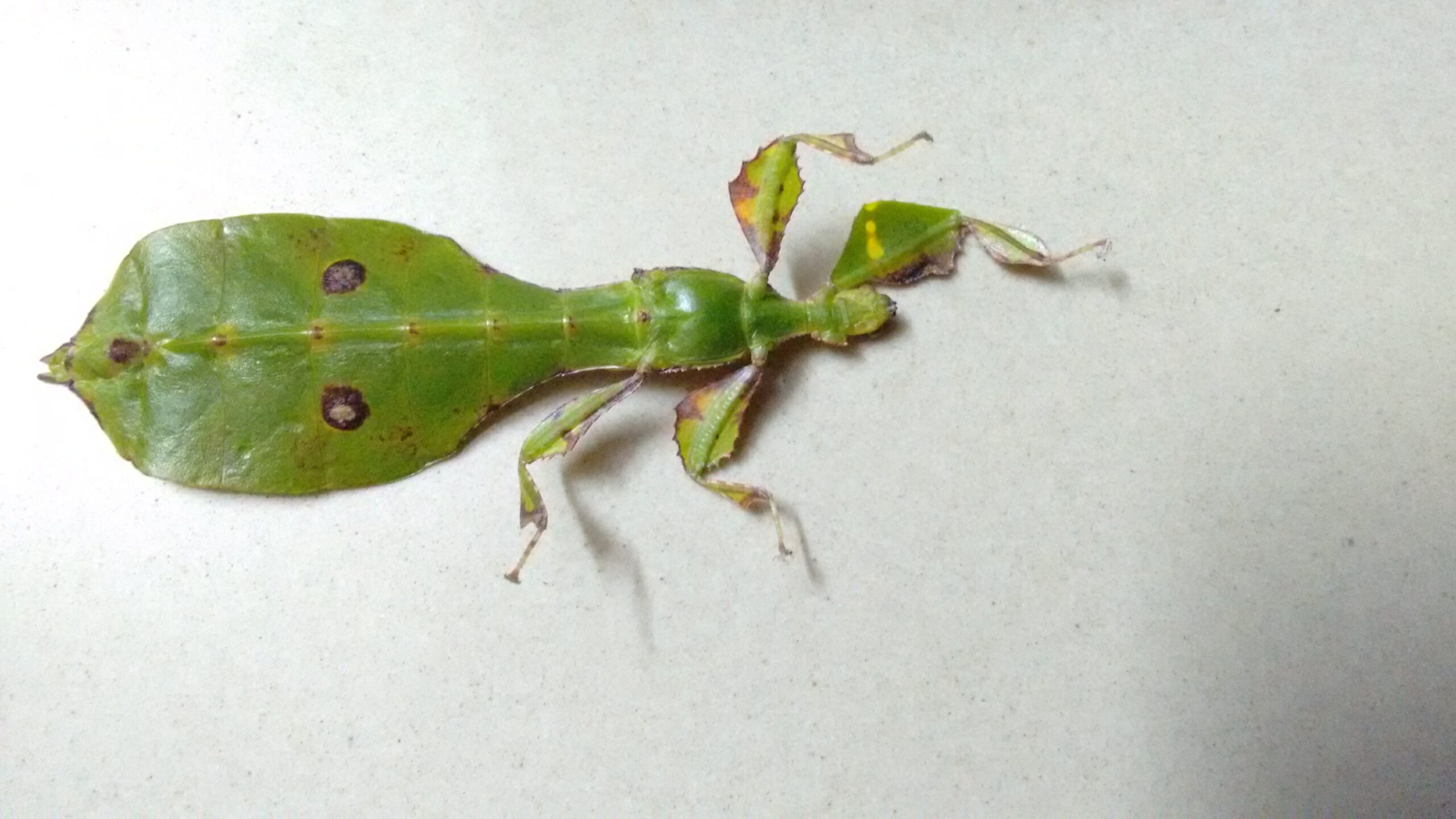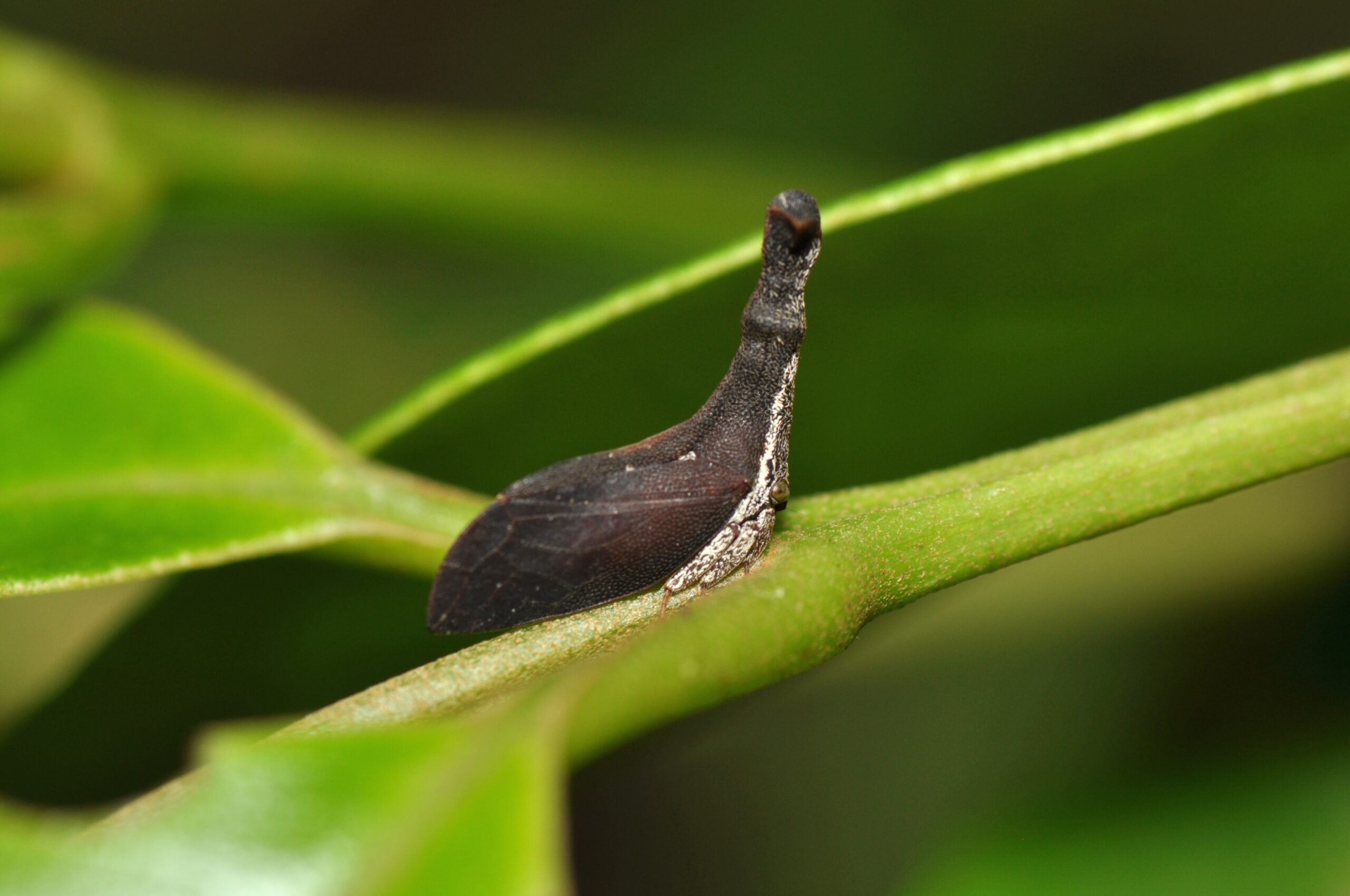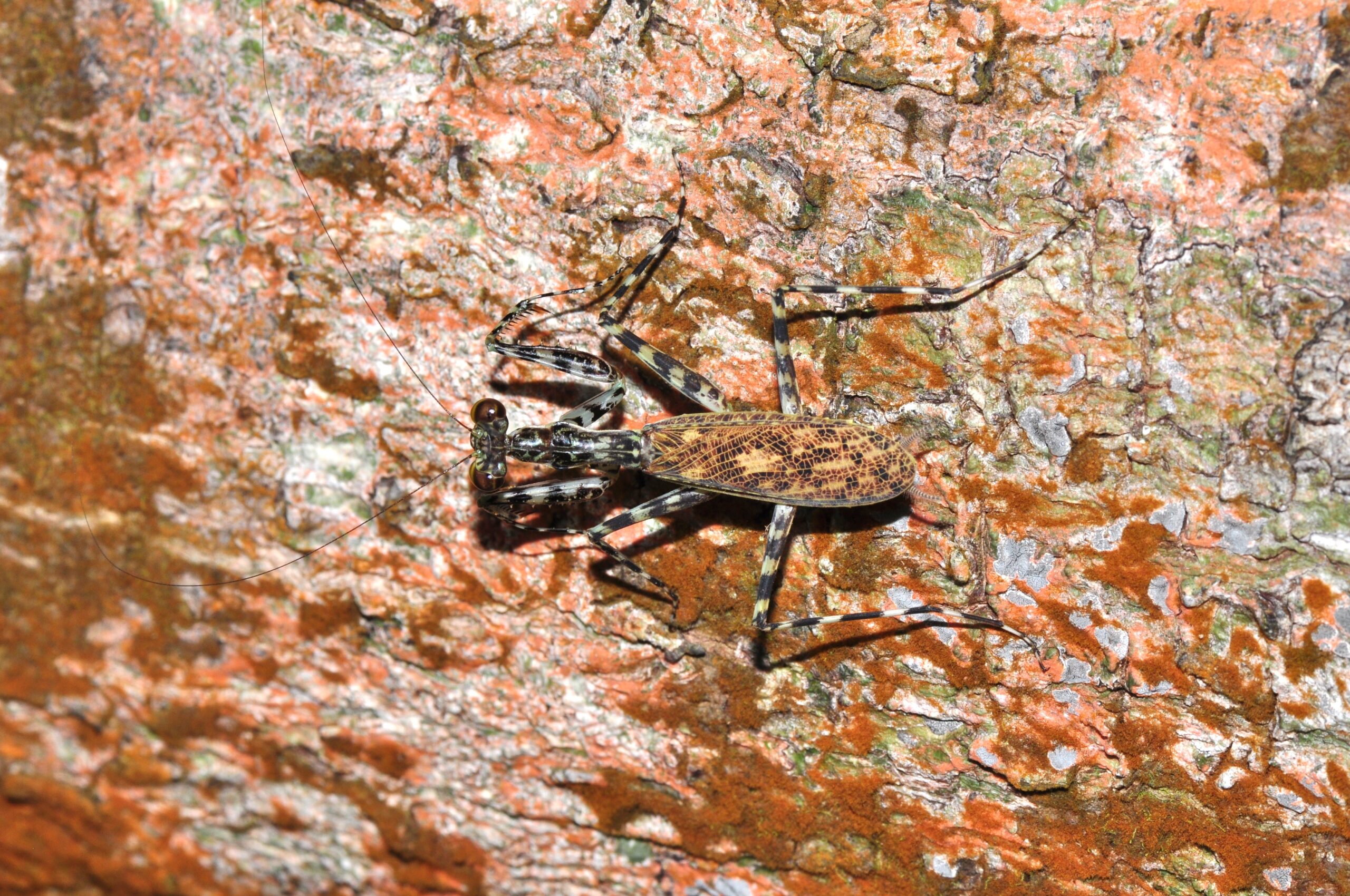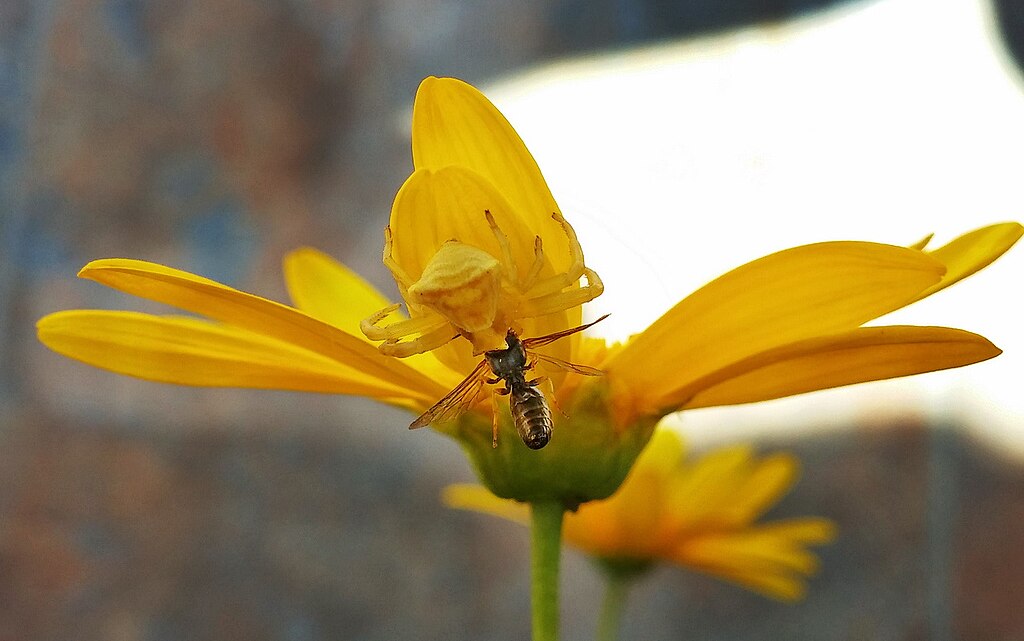Picture this: you’re walking through a garden, admiring the delicate pink orchid blooms, when suddenly one of the “flowers” spreads its wings and flies away. Your heart skips a beat as you realize you’ve just witnessed one of nature’s most incredible magic tricks. In the animal kingdom, survival isn’t just about being the strongest or fastest – sometimes it’s about being the best actor in the world’s most elaborate game of hide-and-seek.
The Art of Botanical Deception

Insects have mastered the ultimate costume party, spending millions of years perfecting their plant impersonations. These tiny performers don’t just throw on a green outfit and call it a day. They’ve evolved intricate body shapes, colors, and even behaviors that make them virtually indistinguishable from leaves, flowers, bark, and twigs. What makes this even more astounding is that these disguises aren’t learned – they’re hardwired into their DNA. Each species has fine-tuned its appearance through countless generations, creating living masterpieces that would make any special effects artist weep with envy.
Orchid Mantises: The Flower Shop Con Artists

The orchid mantis might just be the most stunning con artist in the insect world. These Malaysian beauties don’t just look like flowers – they’ve become living, breathing orchid blooms that are often more attractive to pollinators than actual flowers. Their pink and white bodies perfectly mimic the delicate petals of orchids, complete with the subtle color variations and translucent quality that makes real flowers so captivating. What’s absolutely mind-blowing is that these mantises have taken deception to the next level. They position themselves on real flowers and wait for unsuspecting bees and butterflies to approach, thinking they’ve found the jackpot of nectar sources. Instead, they become the mantis’s next meal in a plot twist that would make any thriller writer jealous.
Stick Insects: The Masters of Minimalism
If orchid mantises are the flashy performers, stick insects are the understated method actors of the insect world. These elongated creatures have perfected the art of looking like absolutely nothing special – and that’s exactly what makes them so special. Some species can grow over a foot long while remaining completely invisible in plain sight. The giant stick insect from Southeast Asia takes this game to ridiculous extremes. Not only do they look like twigs, but they sway gently in the breeze just like real branches would. They’ve even developed bark-like textures and strategic color variations that mimic the natural wear patterns you’d find on actual wood.
Leaf Insects: Nature’s Living Foliage

Leaf insects have turned botanical mimicry into high art. These creatures don’t just look like leaves – they look like specific types of leaves, complete with the intricate vein patterns, brown spots that mimic disease or age, and even the subtle irregularities that make real leaves unique. Some species have evolved to look like leaves at different stages of decay, from fresh green to dried brown. The female leaf insects are particularly impressive, often growing large enough to perfectly mimic a full-sized leaf. They’ve mastered the art of staying perfectly still during the day, but when they do move, they rock back and forth like leaves swaying in a gentle breeze.
Thorn Bugs: The Spiky Specialists

Thorn bugs have chosen one of the most uncomfortable disguises in nature, but it’s devastatingly effective. These small insects have evolved hard, pointed projections from their backs that make them look exactly like thorns on a rose bush or acacia tree. Their brown and sometimes reddish coloration perfectly matches the woody stems they call home. What’s particularly clever about thorn bugs is their group behavior. They often cluster together on branches, creating what looks like a particularly thorny section of a plant. Predators looking for a soft, easy meal see nothing but sharp, inedible spikes and move on to easier targets.
Flower Mantises: Beyond the Orchid

While orchid mantises get most of the attention, they’re just one member of a whole family of flower-mimicking mantises. The devil’s flower mantis from Africa looks like a wilted, dried flower – complete with the curled, brown edges that make it appear completely unappetizing to most creatures. This particular species has mastered the art of looking like something that’s already dead. In contrast, the Malaysian flower mantis resembles a fresh, vibrant bloom. These mantises have evolved different strategies for different environments, proving that there’s no one-size-fits-all approach to botanical deception.
Moss Mantises: The Fuzzy Fraudsters

Moss mantises have taken a completely different approach to plant mimicry. Instead of smooth, clean lines, they’ve developed fuzzy, irregular textures that make them look like patches of moss or lichen growing on tree bark. Their mottled green and brown coloration, combined with their bumpy texture, creates a perfect illusion of plant growth. These mantises often position themselves on tree trunks where real moss grows, making them virtually impossible to spot. They’ve even developed the patience to remain motionless for hours, just like real moss would.
Dead Leaf Butterflies: The Ultimate Chameleons

Dead leaf butterflies have mastered the art of seasonal deception. When their wings are closed, they look exactly like dried, brown leaves complete with what appears to be leaf stems, holes from insect damage, and the mottled coloration of decomposing foliage. But open those wings, and you’ll see brilliant blues and oranges that rival any tropical sunset. This dramatic transformation allows them to completely disappear when resting, then suddenly burst into spectacular color when they need to escape or attract mates. It’s like having a superhero costume that you can switch on and off at will.
Bark Mantises: The Tree Trunk Tricksters

Bark mantises have developed some of the most sophisticated camouflage in the insect world. Their bodies are covered in patterns and textures that perfectly match the bark of the trees they inhabit. Some species have developed ridges and bumps that mimic the natural texture of tree bark, while others have intricate patterns that look like the natural grain of wood. What makes bark mantises particularly impressive is their ability to match specific tree species. Different populations have evolved to match the bark patterns of their local trees, creating regional variations that are perfectly adapted to their specific environments.
Lichen Mantises: The Crusty Copycats

Lichen mantises have chosen to mimic one of nature’s most overlooked organisms. These insects have developed the bumpy, crusty appearance of lichen, complete with the irregular patches and varied coloration that make real lichen so distinctive. Their bodies often feature multiple colors – greens, grays, and browns – arranged in the random patterns that characterize actual lichen growth. This disguise is particularly effective because most predators don’t even register lichen as something worth investigating. It’s the perfect example of hiding in plain sight by looking like something completely boring and inedible.
Katydids: The Leaf Look-Alikes

Katydids have turned leaf mimicry into both an art and a science. These insects don’t just look like leaves – they look like specific types of leaves, often matching the exact species of plants they live on. Some katydids have developed the intricate vein patterns of rose leaves, while others perfectly mimic the serrated edges of oak leaves. Perhaps most remarkably, some katydids have evolved to look like leaves with bite marks, brown spots, or holes – imperfections that make them look even more like real, weathered foliage. They’ve learned that perfection can be suspicious, so they’ve built flaws into their disguises.
Flower Spiders: The Petal Predators

While technically not insects, flower spiders deserve recognition for their incredible floral mimicry. These arachnids have evolved to look exactly like flower petals, often positioning themselves in the center of real flowers where they wait for unsuspecting pollinators. Their white and yellow coloration perfectly matches common flower colors, and they can even change their hue to match different types of blooms. What’s particularly devious about flower spiders is their patience. They can remain motionless for hours, looking like just another petal, until a bee or butterfly gets close enough to grab.
The Science Behind the Disguise

The evolution of these incredible disguises didn’t happen overnight. Over millions of years, insects with even slightly plant-like appearances had better survival rates than their more obviously insect-like relatives. Generation after generation, natural selection favored the best mimics, gradually perfecting these living costumes. Scientists have discovered that this type of camouflage, called cryptic coloration, involves complex genetic mechanisms that control not just color, but also body shape, texture, and even behavior. Some insects have evolved specialized cells that can actually change color based on their surroundings, taking their disguises to the next level.
Why Plant Mimicry Works So Well
Plant mimicry is incredibly effective because it exploits fundamental assumptions that predators make about their environment. Most animals are programmed to look for movement, distinctive shapes, or familiar prey patterns. When an insect looks exactly like a stationary piece of vegetation, it becomes essentially invisible to these search strategies. Additionally, many predators have learned to avoid certain plants because they’re toxic, thorny, or simply inedible. By mimicking these plants, insects can benefit from the predator’s learned avoidance behaviors without actually having to develop their own toxins or defensive weapons.
The Future of Botanical Deception

As our planet’s climate changes and habitats shift, these master mimics face new challenges. Some species are already adapting their disguises to match changing vegetation, while others may struggle to keep up with rapid environmental changes. Scientists are closely studying these adaptations to understand how quickly evolution can respond to environmental pressures. The incredible diversity of plant-mimicking insects reminds us that nature’s creativity knows no bounds. These living masterpieces of deception showcase evolution’s ability to craft solutions that are both beautiful and brutally effective. Every time you walk through a garden or forest, remember that you’re surrounded by some of the world’s most accomplished actors – you just have to know how to spot them. What other “plants” might actually be watching you right back?

